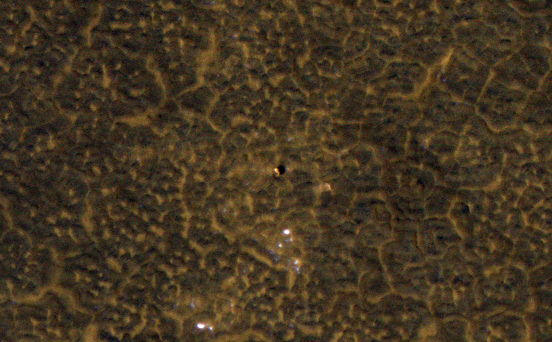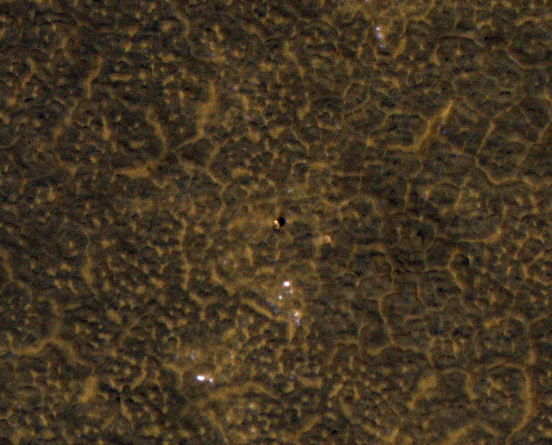Phoenix Back Shell After Second Martian Winter

| Credit | NASA/JPL-Caltech/Univ. of Arizona |
|---|---|
| Language |
|
This image, taken Jan. 26, 2012, shows the back shell of NASA's Phoenix Mars Lander spacecraft after its second Martian arctic winter.
In August 2008, Phoenix completed its three-month mission studying Martian ice, soil and atmosphere. The lander worked for two additional months before reduced sunlight caused energy to become insufficient to keep the lander functioning. The solar-powered robot was not designed to survive through the dark and cold conditions of a Martian arctic winter. The back shell formed part of the encapulating aeroshell that protected the lander during its descent through Mars upper atmosphere.
The back shell is at the center of this image, which is one product from HiRISE observation ESP_025786_2485. Other products from the same observation can be found at http://hirise.lpl.arizona.edu/ESP_025786_2485 .
HiRISE is operated by the University of Arizona, Tucson. The instrument was built by Ball Aerospace & Technologies Corp., Boulder, Colo. NASA's Jet Propulsion Laboratory, a division of the California Institute of Technology in Pasadena, manages the Mars Reconnaissance Orbiter Project for NASA's Science Mission Directorate, Washington. Lockheed Martin Space Systems, Denver, built the spacecraft.

